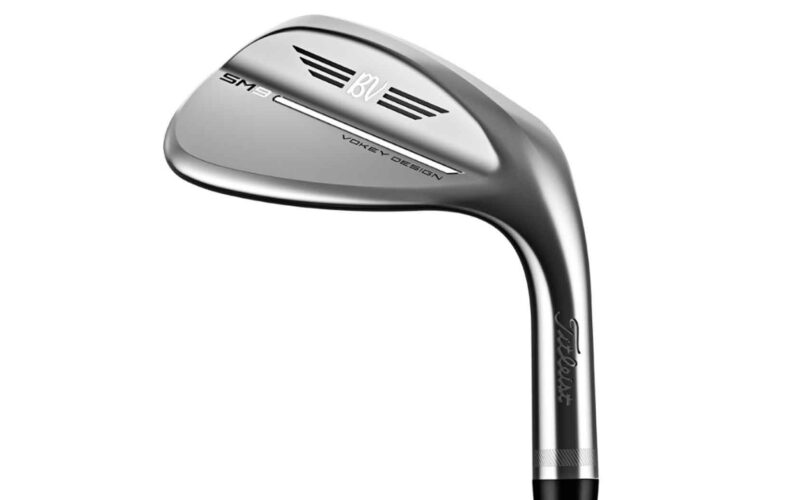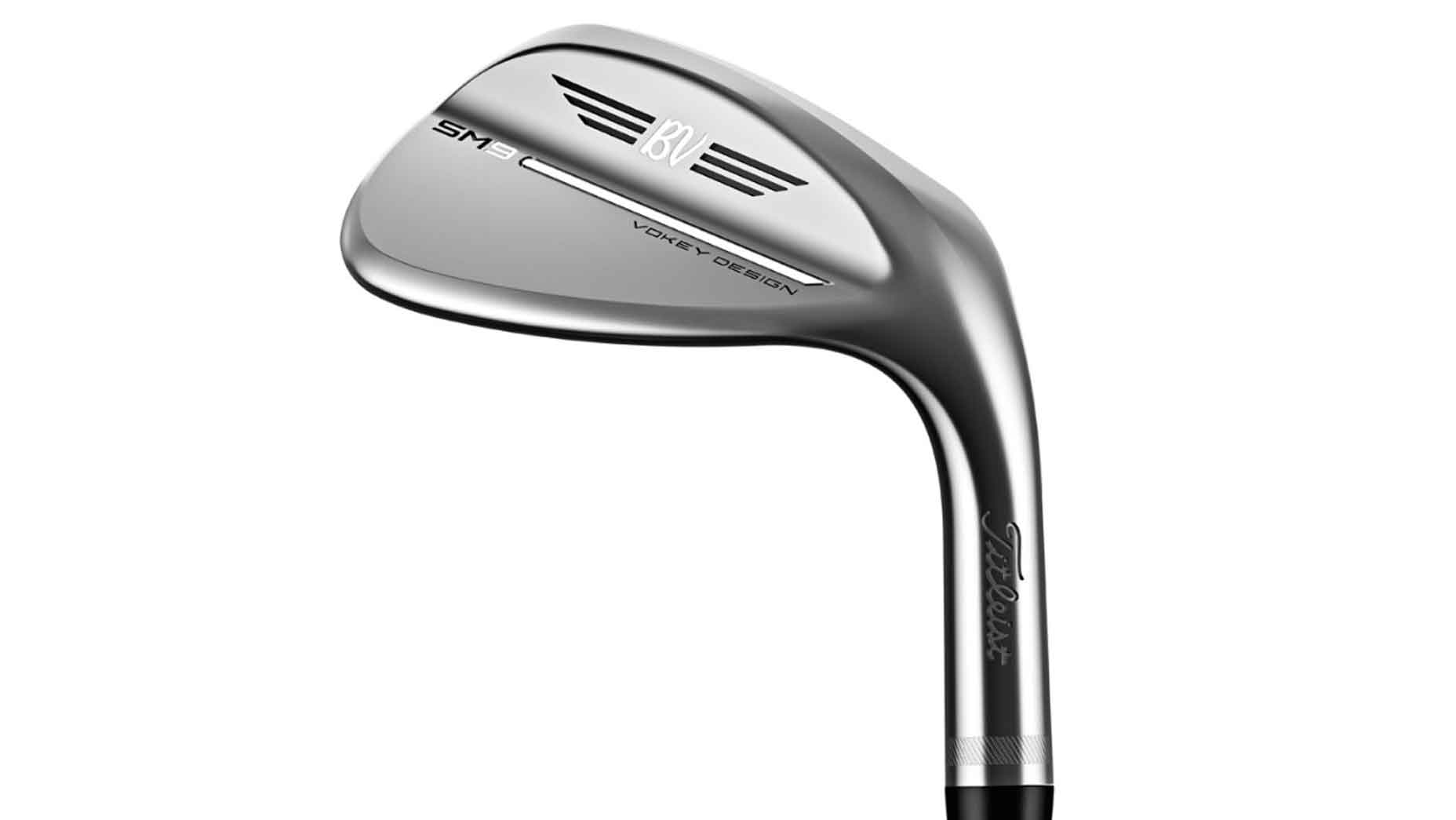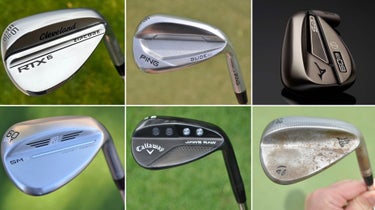Hayden Springer, who came to Bermuda at No. 125 in the FedEx Cup, shot a 6-under 65 for a share of the lead at the Butterfield Bermuda Championship.
How to determine which pitching wedge is best for your game | Fully Equipped Mailbag

The latest edition of GOLF’s Fully Equipped mailbag takes a look at the benefits of blade and set pitching wedges.
The post How to determine which pitching wedge is best for your game | Fully Equipped Mailbag appeared first on Golf.
The latest edition of GOLF’s Fully Equipped mailbag takes a look at the benefits of blade and set pitching wedges.
The post How to determine which pitching wedge is best for your game | Fully Equipped Mailbag appeared first on Golf.
Welcome to another edition of the Fully Equipped mailbag, an interactive GOLF.com series in which our resident dimplehead (a.k.a., GOLF’s managing editor of equipment, Jonathan Wall) fields your hard-hitting gear questions.
I’ve started to notice some pros play a pitching wedge that matches their iron set while others go with a Vokey, Cleveland or something of the blade variety. What’s the reasoning behind using one over the other? — Marcos V.
If you’ve been keeping tabs on our robotic club testing with Golf Laboratories, then you’re probably aware we tested a plethora of 2023 wedges recently and highlighted those that produced specific launch and spin characteristics.
Launch and spin are important performance characteristics golfers need to consider when they’re looking for new scoring tools. But there’s another important aspect of the wedge search that’s a bit more difficult to quantify — and that’s deciding on a set pitching wedge versus another option, such as a Titleist Vokey SM9, Callaway Jaws Raw, TaylorMade MG3 or Cleveland RTX6 ZipCore.
The latter are blade versions that don’t come with a set of irons but can be purchased in a pitching wedge loft. And yes, the blade versions are popular with tour pros.
On average, you’ll probably see anywhere from 40-50 percent of the field at a Tour event with a blade pitching wedge in the bag during a tournament. But unless you’re actively seeing out the specific set makeup for a player, you’d likely have no idea the pitching wedge didn’t match the rest of the iron set.
All of our market picks are independently selected and curated by the editorial team. If you buy a linked product, GOLF.COM may earn a fee. Pricing may vary.
It’s one of those subtle gear adjustments that’s fairly common at the pro level, but it rarely gets discussed.
If you’re currently playing a pitching wedge from the iron set you purchased and the idea of trying out a blade version has piqued your interest, just make sure you’re taking a few things into consideration.
The most important aspect is the quality of your ball-striking, especially if you’re someone who’s playing game-improvement or players-distance irons. Moving into a blade wedge, such as a Vokey SM9 or Callaway Jaws Raw, means you’ll be playing a wedge with a more compact shape. A smaller profile means less forgiveness, in most cases, so just take that into consideration. Distance control is very important when you get into the wedges.
It should be noted that some blade wedges now include new technology that enhances the sweet spot and repositions the center of gravity (CG) in a way that ball speed is recaptured. So depending on the wedge you’re selecting, it’s possible you might not see a significant dip in distance loss on a heel or toe strike.
It’s also likely you’ll notice a better feel (due to softer head materials), more control, workability and improved launch conditions, but again, it’s all player dependent.
Something else to consider? A few of the pros I’ve spoken to over the years have claimed the sole design and face technology (the grooves) on a blade wedge makes it easier to manage flier lies from the rough. That might feel like a very specific performance benefit, but you have to consider the audience who’s currently using a blade version.
A blade version also grants you the ability to select from a number of unqiue options depending on turf interaction and course conditions you typically play. It’s just another way you can personalize the pitching wedge for your game.
While this mailbag might feel like an anti-set pitching wedge story, it’s all but assured most golfers will likely stay with the pitching wedge from their set. And that’s totally fine. With a consistent look and feel to the rest of your set — not to mention added heel-toe forgiveness — it’s very likely the best option for your game.
As you start to shave strokes off the handicap and dig into the details of your setup, consider the idea of inserting a blade pitching wedge. It has more than enough benefits to warrant a hard look.
Want to overhaul your bag for 2023? Find a fitting location near you at True Spec Golf.
The post How to determine which pitching wedge is best for your game | Fully Equipped Mailbag appeared first on Golf.


